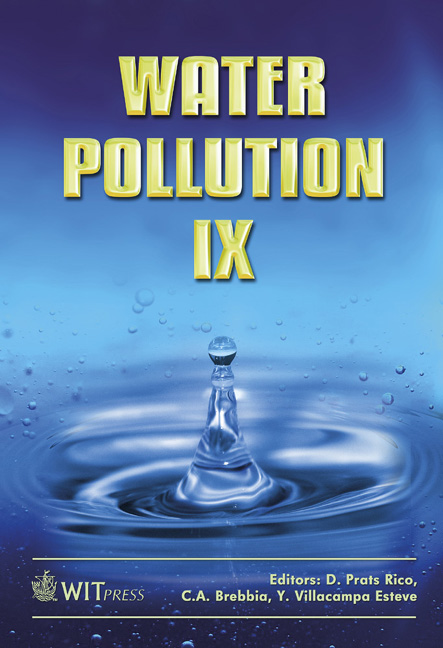Monitoring Of Pulp Mill Effluents In The Coastal Waters Of North Estonia
Price
Free (open access)
Transaction
Volume
111
Pages
10
Page Range
217 - 226
Published
2008
Size
468 kb
Paper DOI
10.2495/WP080211
Copyright
WIT Press
Author(s)
Ü. Suursaar, R. Aps, G. Martin, A. Põllumäe & K. Kaljurand
Abstract
In September 2006, AS Estonian Cell, a brand new aspen pulp mill was opened near Kunda. Partly due to ill memories of past environmental problems in the region, the environmental standards for the plant were set very high. The factory features sulphur free production, chlorine free bleaching and low fresh water consumption. High requirements were put on environmental monitoring. The purified wastewater is conducted via a pipe into the Baltic Sea at a depth of 10 m, about 1.5 km from the coast, and monitoring of the fate and possible effects of the effluents was launched. The monitoring programme includes repeated water and biota samplings and a study of the hydrodynamic regime. It appeared that due to good dilution conditions, the impact of the factory on the abiotic environmental components is barely visible in the background of normal seasonal and storm-generated variability. There may be small changes in bottom organisms in the vicinity of the outlet, though. The preliminary results basically confirm that the impact of the pulp mill on the coastal sea is not large and the environmental risks are generally well handled. Keywords: pulp industry, pollution dispersion, RDCP, resuspension, upwelling, coastal jet. 1 Introduction Estonia, like its forest-rich neighbouring countries Finland, Sweden and Russia, has long traditions in the pulp and paper industry. The first paper mill in Estonia (Tallinn, Härjapea) was operating between 1662–1710. Around the Gulf of Finland, the major areas of pulp and paper industry are the Kotka region in Finland and St. Petersburg in Russia. In North Estonia, large pulp and paper mills existed in Tallinn and Kehra and a smaller one in Kohila. They all discharged, either directly or via rivers, to the Gulf of Finland. The
Keywords
pulp industry, pollution dispersion, RDCP, resuspension, upwelling, coastal jet.





